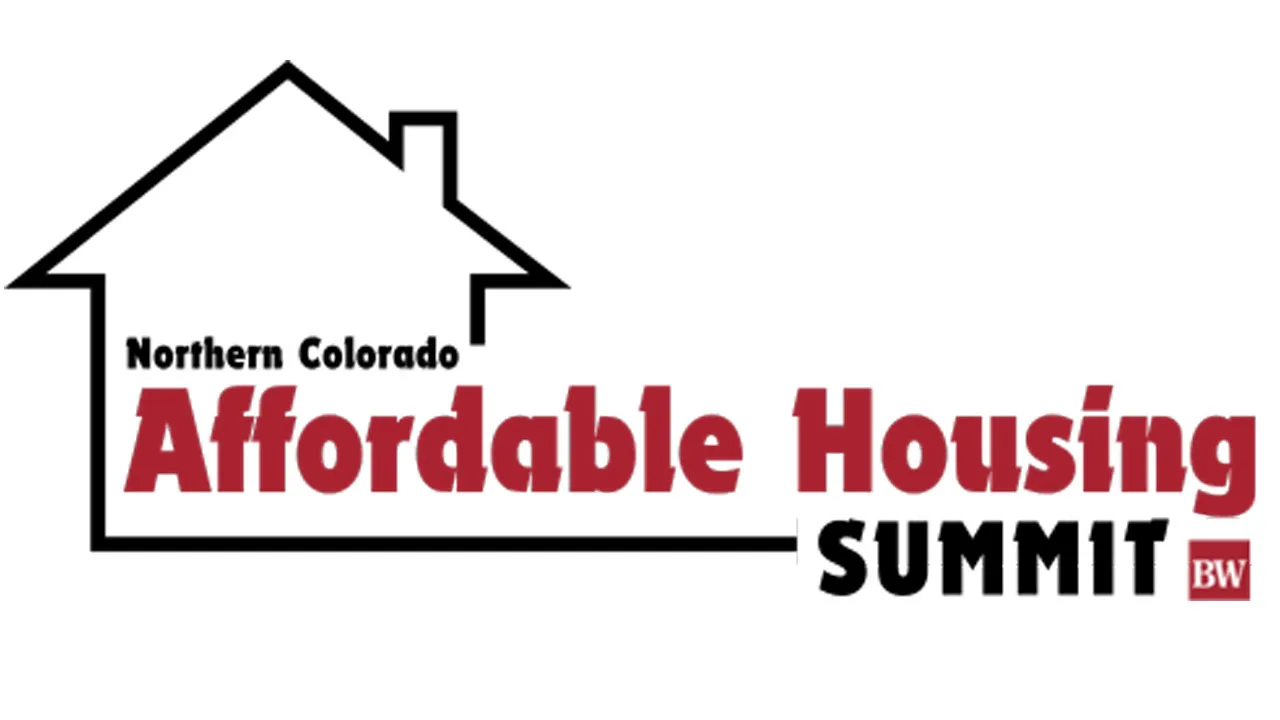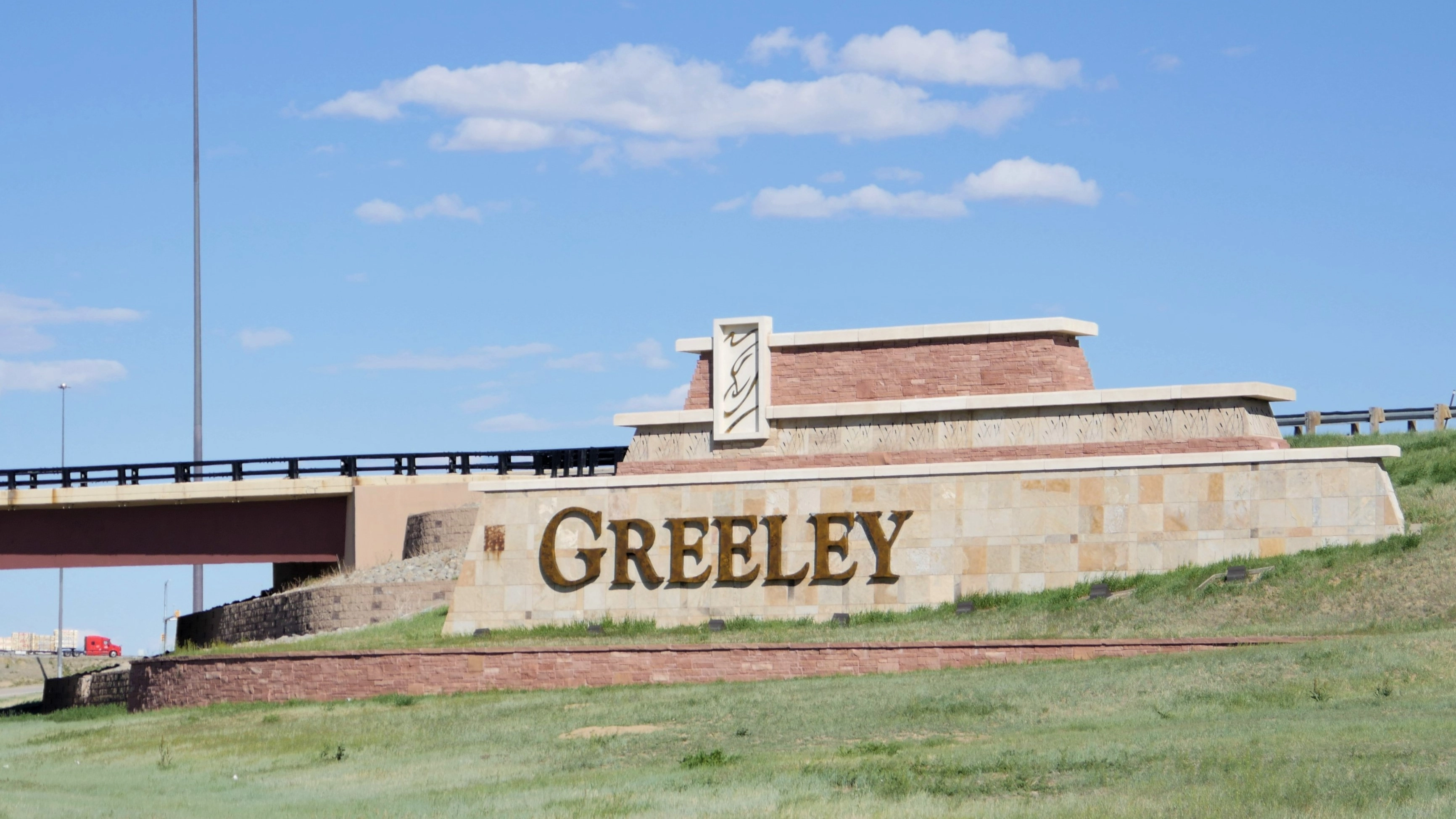Wells: Are home prices falling in Northern Colorado?
If you’ve been following media reports, you’ve certainly read or heard alarms about plunging home prices across the country. Many projections tell of prices falling 20% or more in some markets. Additionally, Moody’s Analytics has estimated there are 210 major housing markets that are overvalued by more than 20%.
Now, I will not pretend to possess a crystal ball to predict which forecast is accurate and which is not. But, I will use market data to create a framework of what is true for each of our local housing markets.
A little background
SPONSORED CONTENT
First, I need to share some historical perspective about home prices and appreciation in our region.
In the Fort Collins-Loveland Metropolitan Statistical Area, we ended 2021 with 17.9% appreciation, second only to 1978, which registered annual appreciation at 21.7%. As I’ve stated several times in this column over the past few months, we should expect a stabilizing pattern, returning to below-average appreciation in the near future. That’s because we’re transitioning from a hyper sellers’ market — fueled in part by historically low mortgage rates — to a more balanced market.
From 1978 to 2022, the Fort Collins-Loveland MSA averaged 5.7% annual appreciation. The Greeley MSA has seen an average appreciation of 5% over the same time period. These figures reflect a historically favorable trend for those fortunate enough to be homeowners. From the end of 2012 — when the market was emerging from the Great Recession — to the second quarter of 2022, appreciation totaled 148% for Fort Collins-Loveland and 168% for Greeley.
But are prices in Northern Colorado tumbling?
No. They are not tumbling, but the situation is complex. Keep in mind, much of what you’re seeing and hearing from the national media about price declines is referring to month-over-month data. Comparing annualized prices, or year-over-year, is what’s relevant.
As expected, the markets have cooled as a result of the Federal Reserve’s “demand destruction” monetary policy, which it’s deployed to combat inflation. As the Fed raises short-term rates — and does so quickly and repetitively — the long-term rates are being impacted, causing mortgage rates to increase sharply. Consumer confidence has declined, causing a noticeable shift in our regional and national real estate markets.
We are seeing an increasing inventory of homes for sale, the result of buyers being priced out of the market, or cautiously stepping to the sidelines. Consequently, housing inventory is staying on the market longer and buyers are gaining back some of their strength and negotiating positions.
Despite all that, we have not seen year-over-year declines in median home prices. On a monthly basis, we continue to see prices bouncing around, as reflected in the accompanying charts that track median prices and their corresponding appreciation rate (appreciation is the increase year-over-year of median prices, reported as a percentage.)
Fort Collins: Median price for a single-family home in September was $600,000.The annual appreciation rate for September was 10.1%.
Greeley: Median price for a single-family home in September was $453,000. The annual appreciation rate for September was 10.5%.
The most significant adjustment we are seeing is the reduction of the sale price-to-list price ratio. In the white-hot abnormal years between 2020 and the second quarter of 2022, we saw sellers in all Northern Colorado markets getting well in excess of 100% of the list price, due to supply and demand imbalances that created major competition among buyers. What is being felt as “prices dropping” is really an adjustment to more normal market behaviors.
In Fort Collins, for example, the sale price-to-list price ratio peaked at 105.8% in April of 2022 — meaning buyers were paying 5.8% above the asking price, on average, for a detached property. Today, the ratio is a more normal 98.9%, meaning buyers have regained negotiating power due to a decline in competing buyers.
For Greeley, the sale price-to-list price ratio reached its peak in May of 2021 at 104.5%. Today, that’s a healthier 98.9%. I would expect in the coming months to see these ratios continue to fall as the market adjusts in the favor of buyers. The real question mark: How long and how deep will the impacts of rising interest rates hamper buyers’ willingness to enter the market, and at what prices are buyers willing to enter the market in order to grab what they believe is a better deal.
Brandon Wells is president of The Group Inc. Real Estate, founded in Fort Collins in 1976 with six locations in Northern Colorado. He can be reached at bwells@thegroupinc.com or 970-430-6463.
If you’ve been following media reports, you’ve certainly read or heard alarms about plunging home prices across the country. Many projections tell of prices falling 20% or more in some markets. Additionally, Moody’s Analytics has estimated there are 210 major housing markets that are overvalued by more than 20%.
Now, I will not pretend to possess a crystal ball to predict which forecast is accurate and which is not. But, I will use market data to create a framework of what is true for each of our local housing markets.
A little background
First, I need to share some historical perspective about home…




